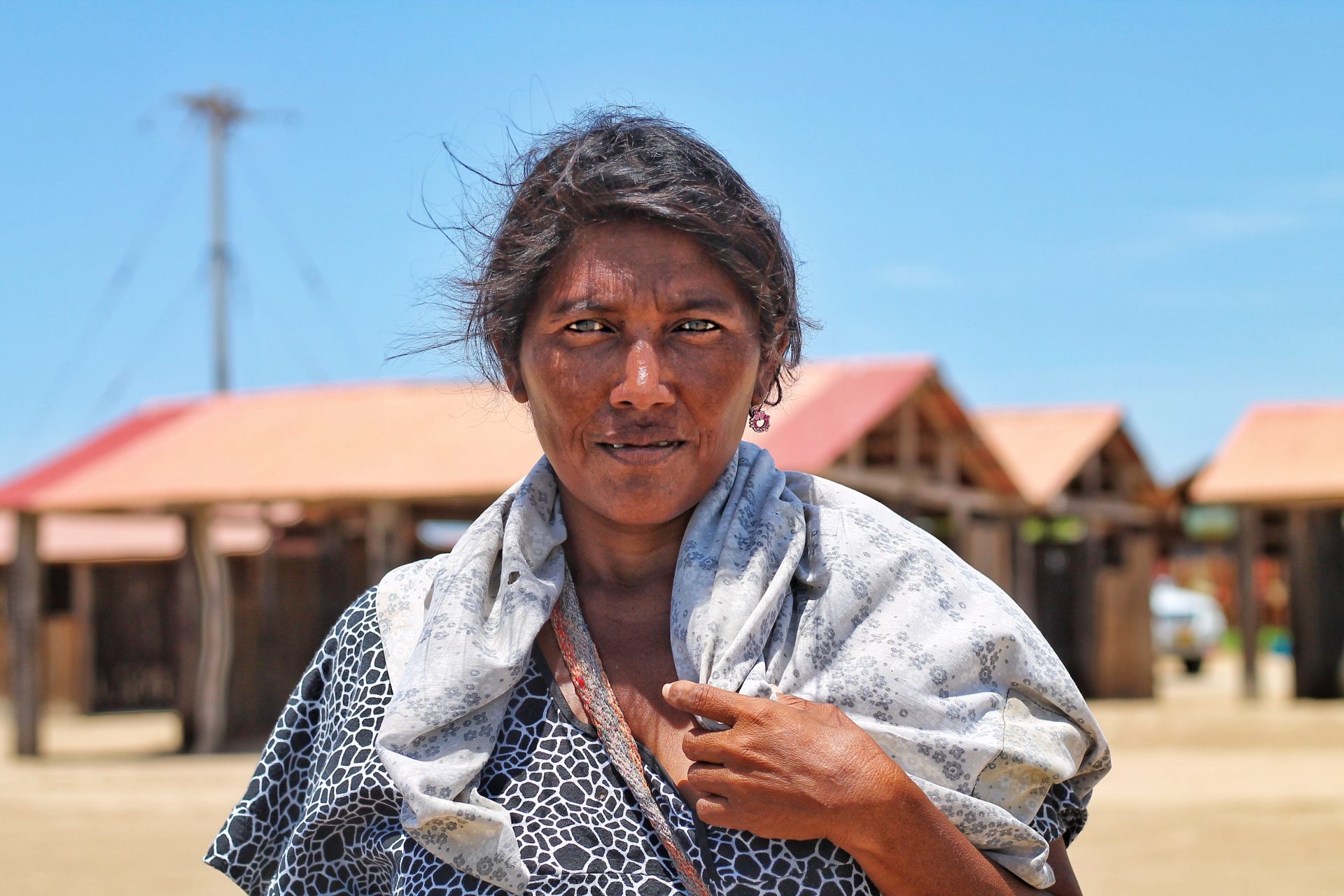- A series of three briefs on understanding violence against women and how to prevent it
- Includes recommendations on successful interventions and what works in evidence-based programming
- For practitioners, activists and policymakers to design and implement prevention programmes with a feminist approach
There are multiple overlapping causes as to why VAW occurs and the intersections between these risk factors should be considered in preventative and response interventions. For example, many situational triggers for intimate partner violence (IPV) stem from the inability to fulfil a prescribed gender norm. Risk factors for VAW can also be perceived as protective factors to drive intervention design.
Use the socio-ecological model to target interventions at all levels of VAW risk factors (individual, interpersonal, community, and societal). Furthermore, the socio-ecological model should be tailored for each setting and type of violence.
Programmes focusing on economic and social empowerment, economic transfers, couples, and parenting are beneficial avenues to address VAW. Overall, programmes that consider gender relations will likely be more effective, especially if they are participatory, led by trained facilitators, and include critical reflection over multiple sessions.
When understanding the causes of VAW, it is important to identify the ways in which gender inequality intersects with other sources of oppression and discrimination, power and privilege. These intersections can increase the risk, severity and/or frequency of experiencing violence for specific women.
Economic transfer and economic empowerment can help reduce intimate partner violence (IPV) and domestic violence against women when properly executed. As was the case with the World Food Programme Cash Transfer programme developed for Colombian refugees living in Ecuador. Refugee households received cash, food, or food vouchers for six months and in exchange, families had to attend monthly nutrition training sessions. As a result of this, physical and/or sexual IPV rates decreased by 30% after six months.
Systemic gender inequality, which exists in nearly all societies across the world, is a powerful driver of men’s violence against women.





